Key Places - Far North - Self Guided
10 Day: Self-Guided: Road/ Touring
Achiltibuie
The remote village of Achiltibuie, can only be accessed via hilly and twisting single track road. It represents the north west of Scotland from a bygone era before new roads forged pathways across the landscape. Your efforts to get here are rewarded by the beautiful natural mountain and coastal scenery.
It is the best known of a number of small settlements around the coast of western end of the Coigach Peninsula overlooking Badentarbet Bay to the west. Loch Broom and the Summer Isles (Tanera Mor, Tanera Beag and a couple of dozen smaller islands) that are no longer permanently inhabited, lie to the south. Some of the islands can be accessed from the pier at the north-western end of Achiltibuie.
The village lies to the south of the Northwest Highlands Geopark. It is a National Scenic Area and forms the northern boundary of the newly designated Wester Ross Marine Protected Area.
Inverness
Inverness lies at the north-eastern end of the Great Glen (Gleann Mòr). The city is the area’s largest metropolis and regarded as the capital of the Highlands. Meaning ‘mouth of the river Ness’ in Gaelic, the city is located where the Ness River flows out of Loch Ness into the Moray Firth (famous for its resident pod of Bottlenose dolphins). Inverness is near to two key historic battle sites: the 11th-century battle of Blàr nam Fèinne against Norway which took place on The Aird to the west of the city and the 18th-century Battle of Culloden (the last battle fought on British soil). Inverness Castle now stands were, legend has it, was once the seat of 11th Century Gaelic king Mac Bethad Mac Findláich who murdered king Donnchad Mac Crinain, as fictionalised by Shakespeare in ‘the Scottish play’.
There are many other historic buildings, notably in the Old Town and Victorian Market. St Andrew's Cathedral, built from Red Tarradale stone, with a nave of five bays, divided by columns of Peterhead granite, has an imposing position on the River Ness. You can take a circular walk from the castle along the river and through the Ness Islands. Other attractions in the city include Inverness Museum & Art Gallery, tropical gardens at Inverness Floral Hall and a Titanic Inverness Maritime Museum.
Lochinver
Lochinver, in the Assynt district of Sutherland, sits amidst a spectacular scenery of dramatic high cliffs, waterfalls and hills. The Assynt Hills are reported to be the oldest in Britain and contain some of the great mountains of the north such as Suilven, Canisp, Quinag and Ben More Assynt.
Lochinver is Scotland’s’ second largest fishing port, a key industry to the local community. In the 1990s the harbour area was rebuilt and developed. The village is situated where the River Inver flows into the loch with dramatic views back across to Suilven’s peak and is a popular destination for hill walkers’, climbers and nature lovers. Local Birdlife includes the curlew, oyster catcher and hooded crow.
The Black Isle
The rolling landscapes of the Black Isle peninsula make a distinct contrast to the craggy mountains of North West Scotland. The Black Isle was once covered in dense forest. The population of the area is around 12,000. This watery headland is surrounded by the Cromarty Firth to the north the Beauly Firth to the south and the Moray Firth to the east (famous for its resident pod of Bottlenose dolphins which can be most easily seen from Chanonry Point between Fortrose and Rosemarkie).
The Black Isle was one of the first areas of the highlands to experience the clearances. The area had its own dialect used mainly by the fishing communities this died along with its last native speaker Boggy Hogg in 2012.
The isle is home to 2 distinctive RSPB nature reserves Fairy Glen an enchanting habitat of woodland songbirds and wild flowers and Udale Bay where you’ll find migratory pink-footed geese.
Ullapool
Located on the eastern shores of Loch Broom. Ullapool is a distinctive white fishing village designed and built in 1788 by Thomas Telford and the British Fisheries Society. The town is also the terminus for the ferry to Stornaway.
Although a small community of 1500, Ullapool is the largest settlement in the area and an important port and tourist destination. If the weather is good there are many walking routes in the area from coastal routes to inland footpaths. If you it is not so good the town has a beautiful museum based in a Grade A listed building where you can find out more about crofting, fishing, the “klondykers and other local history. There are also many inviting pubs in the town you can retreat to.
If you need assistance or wish to discuss the tour, please feel free to call us on +44 (0) 1463 417707.
Alternatively, you can email us on office@redspokes.co.uk for more information on this adventure holiday.
Key Places
There are several key places on our Far North - Self Guided cycling holiday. Please choose from the following list for more information on each key place.
Customer Testimonial
"Our Red Spokes self-guided Far North Scotland cycling trip was enjoyable and interesting. We arrived in Inverness to start the trip prepared for any kind of weather. As it turned out we..."
Alan and Elspeth









.jpg)
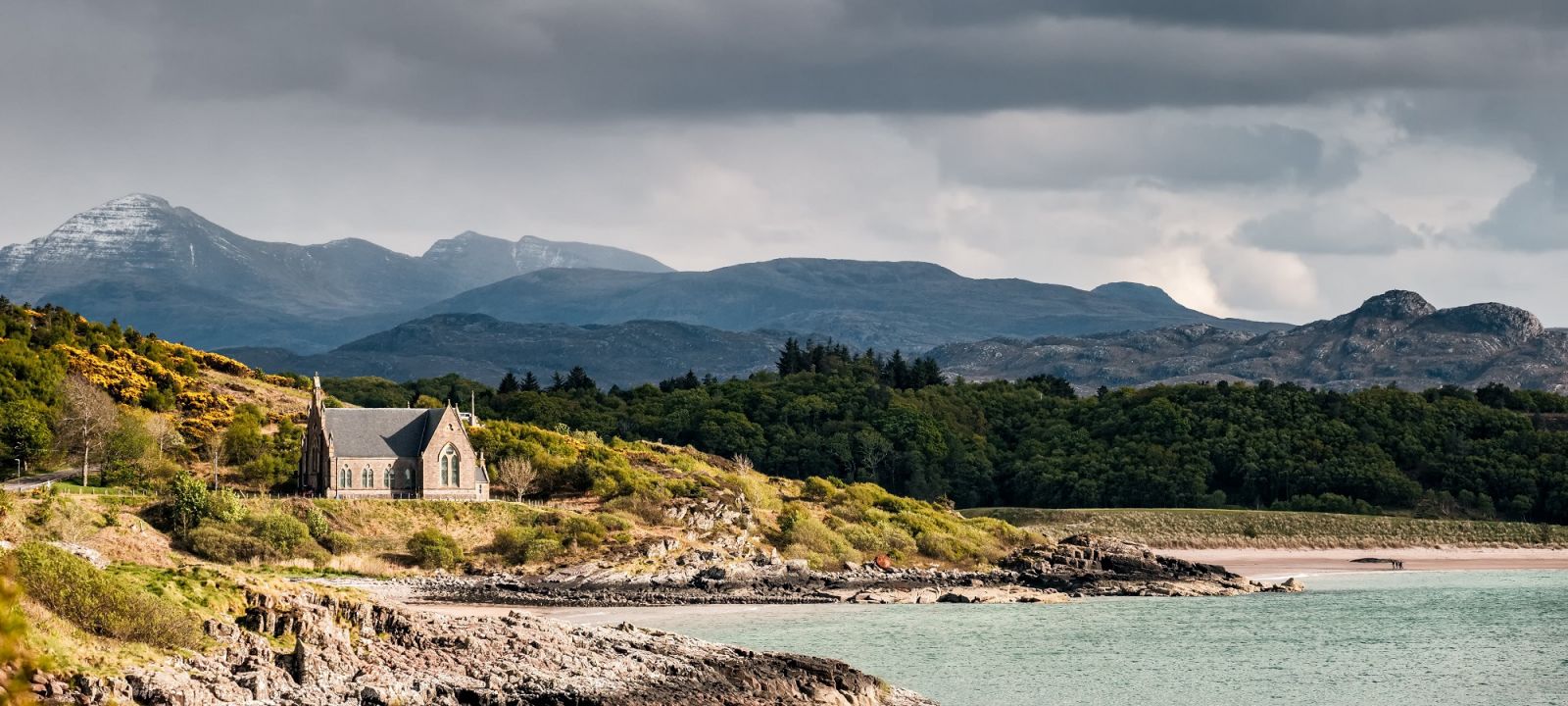
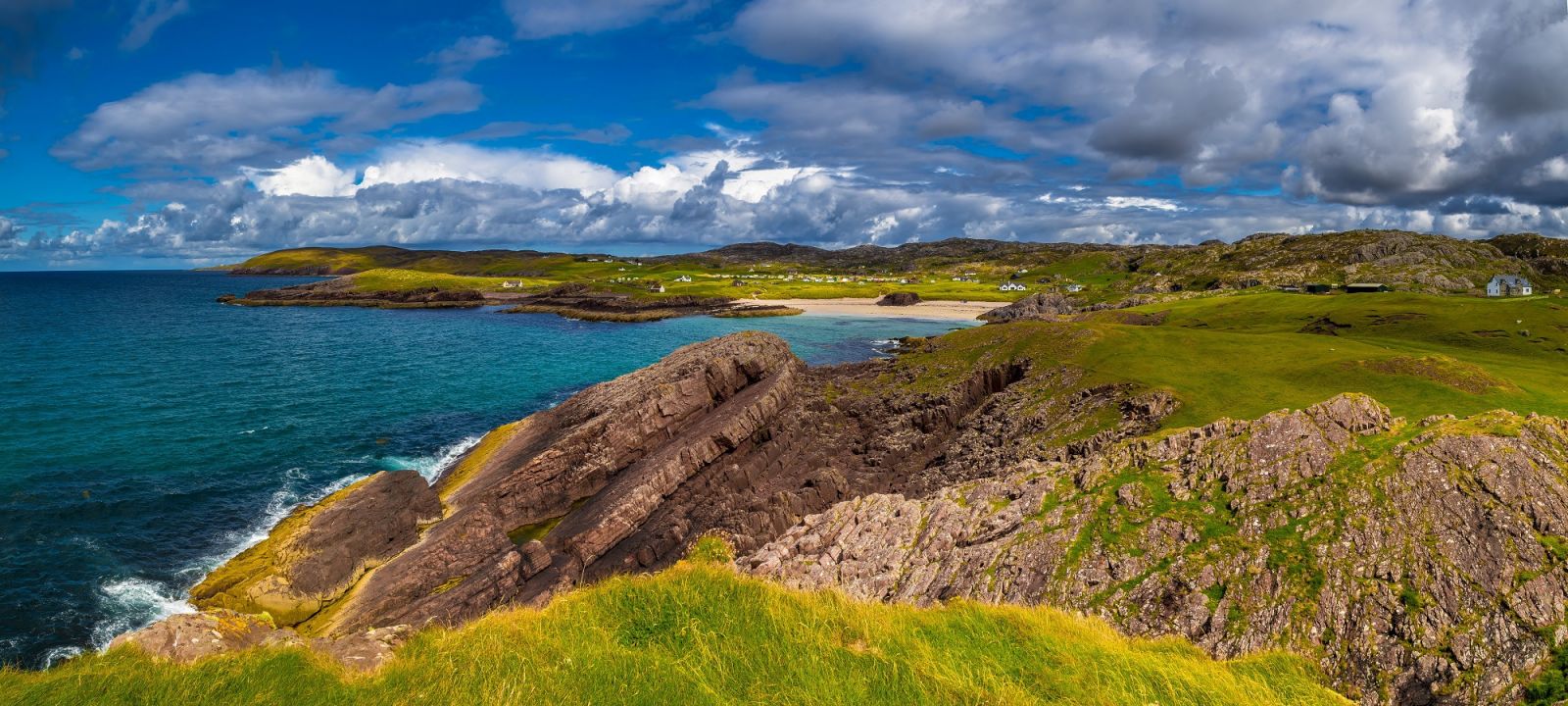
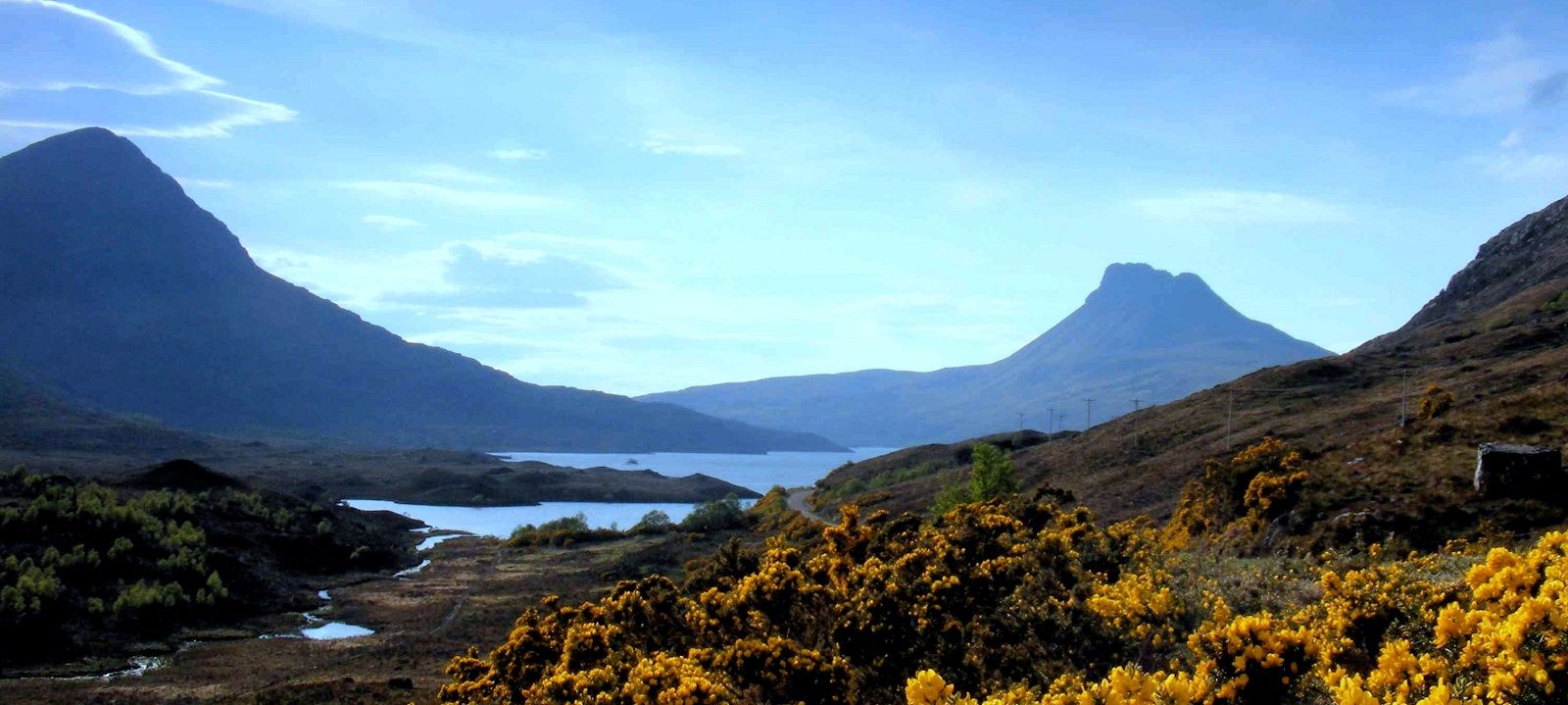
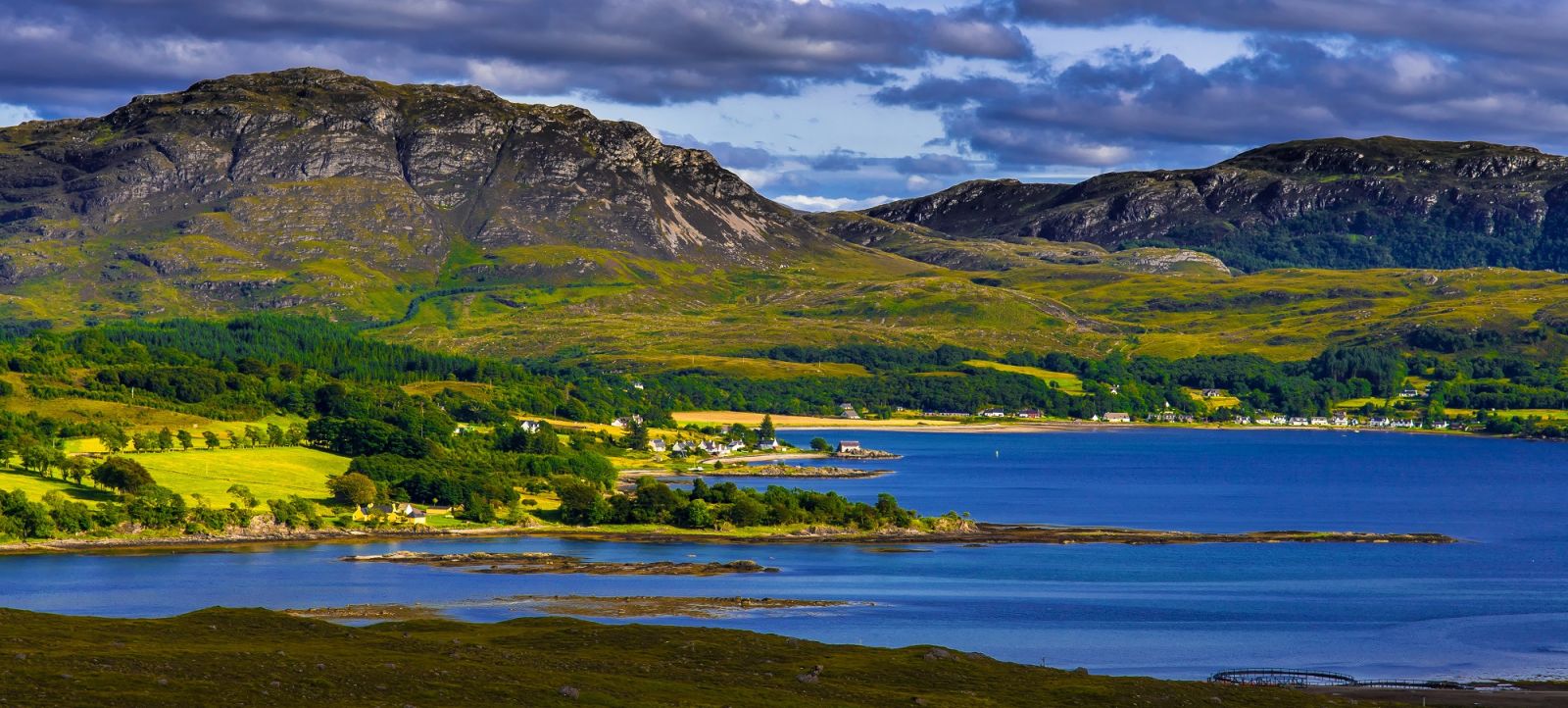


-001.jpg)
.jpg)
.jpg)
.jpg)
_1.jpg)
.jpg)
 (1).jpg)
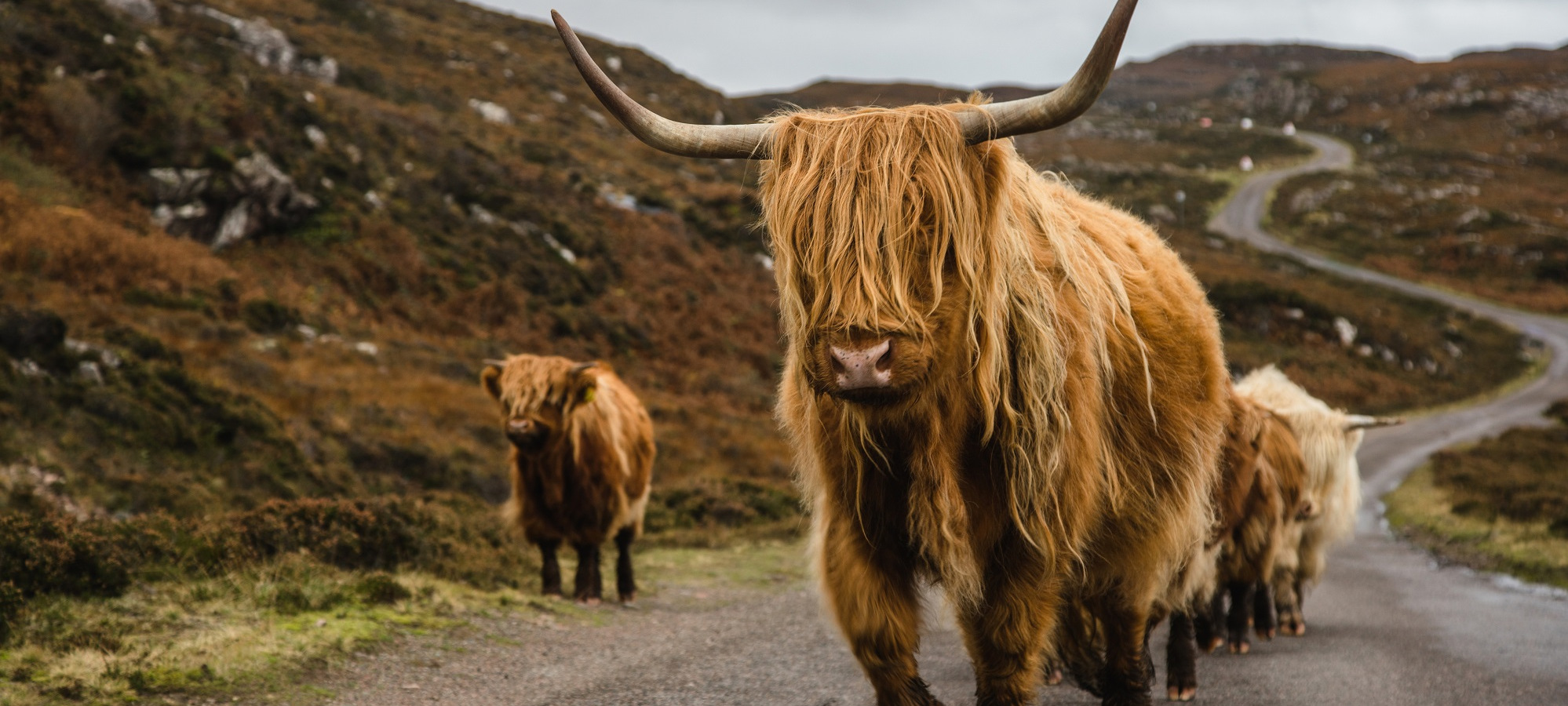
.jpg)